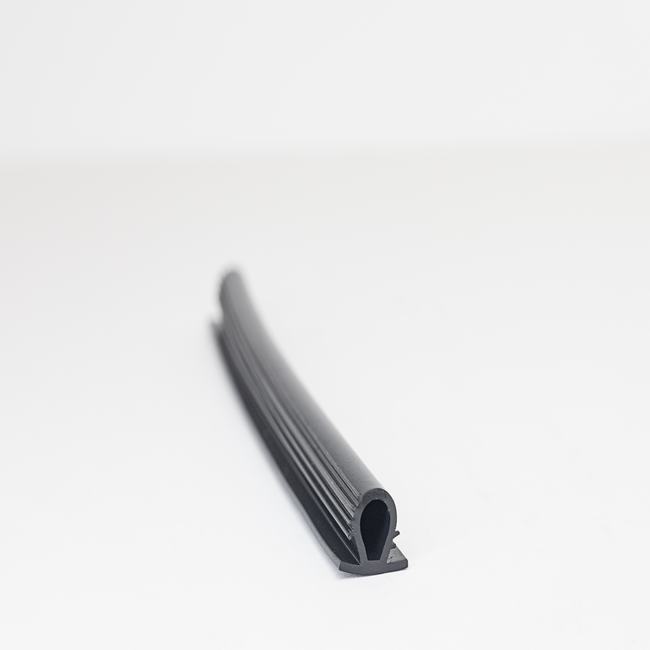Aluminum rubber seals, also known as aluminum-rubber gaskets or aluminum-rubber seals, are specialized sealing components used in various applications where the combination of rubber’s sealing properties and the structural support of aluminum are required. These seals are designed to provide a reliable and secure seal while also offering resistance to compression, vibration, and temperature variations. Here are some key points about aluminum rubber seals:
- Material Composition: Aluminum rubber seals consist of a rubber or elastomeric sealing element bonded to an aluminum carrier or frame. The rubber portion provides the sealing properties, while the aluminum component offers structural support and rigidity.
- Sealing Properties: The rubber part of the seal is typically made from materials like EPDM, NBR, silicone, or other elastomers known for their sealing capabilities. This rubber element conforms to irregular surfaces, creating an effective and watertight seal.
- Structural Support: The aluminum frame or carrier provides stability and rigidity to the seal. It helps maintain the shape and integrity of the seal, especially in applications where there is a need for structural support.
- Versatility: Aluminum rubber seals are versatile and find applications in various industries, including automotive, aerospace, construction, and manufacturing. They are used in doors, windows, hatches, enclosures, and other areas where sealing and support are essential.
- Corrosion Resistance: The aluminum component is often anodized or treated to enhance its resistance to corrosion, ensuring the longevity of the seal in various environmental conditions.
- Temperature Tolerance: These seals can withstand a wide range of temperatures, making them suitable for both indoor and outdoor applications.
- Vibration and Shock Absorption: Aluminum rubber seals can help absorb vibrations and shocks, making them useful in applications where mechanical stability is required.
- Customization: They can be custom-designed and manufactured to fit specific dimensions, shapes, and sealing requirements.
- Installation: Installing aluminum rubber seals typically involves fastening them into place using screws, adhesives, or other suitable methods.
- Applications: Common applications for aluminum rubber seals include automotive weatherstripping, aerospace access panels, industrial enclosures, and electrical cabinets.
In summary, aluminum rubber seals offer a combination of sealing effectiveness and structural support, making them valuable components in various industries. Their versatility, resistance to environmental factors, and ability to maintain a secure seal in challenging conditions make them suitable for a wide range of applications.






